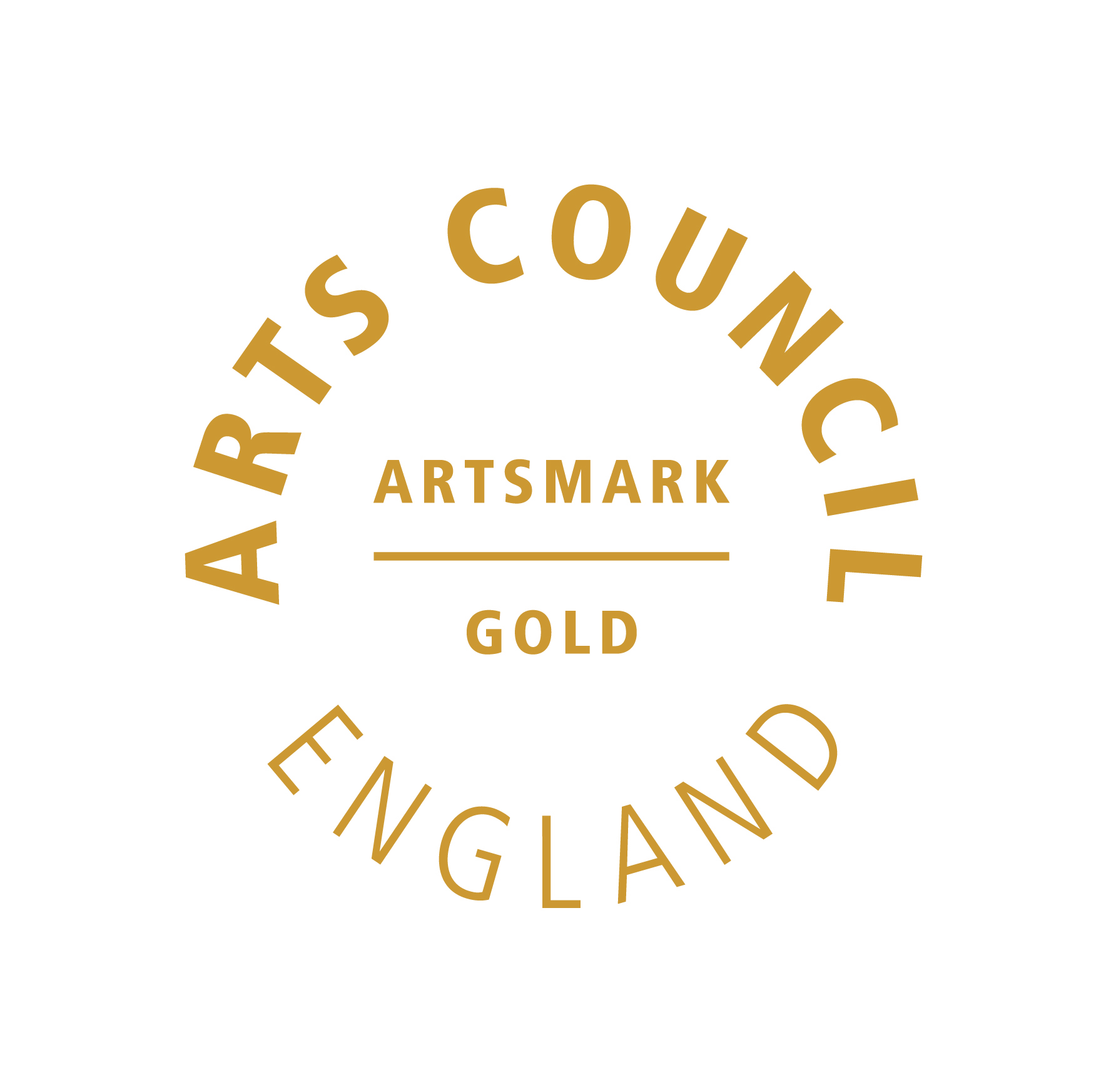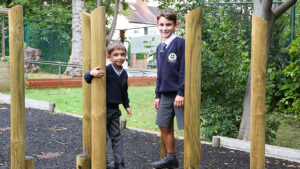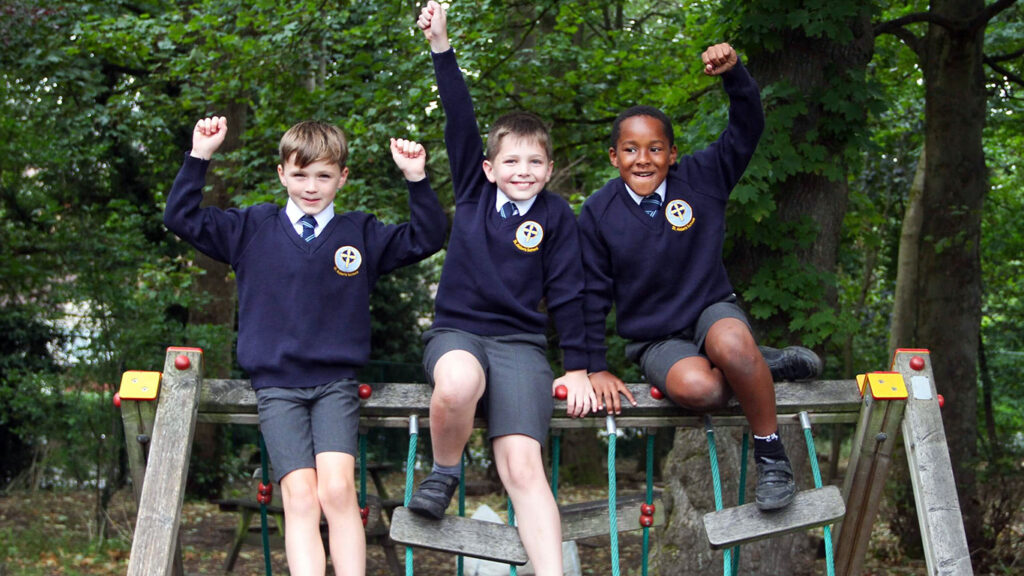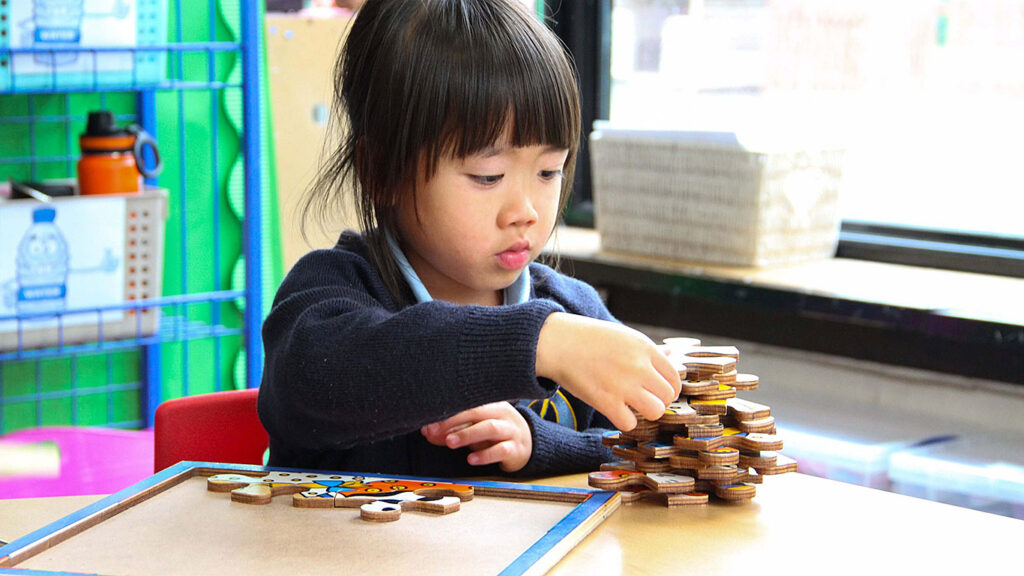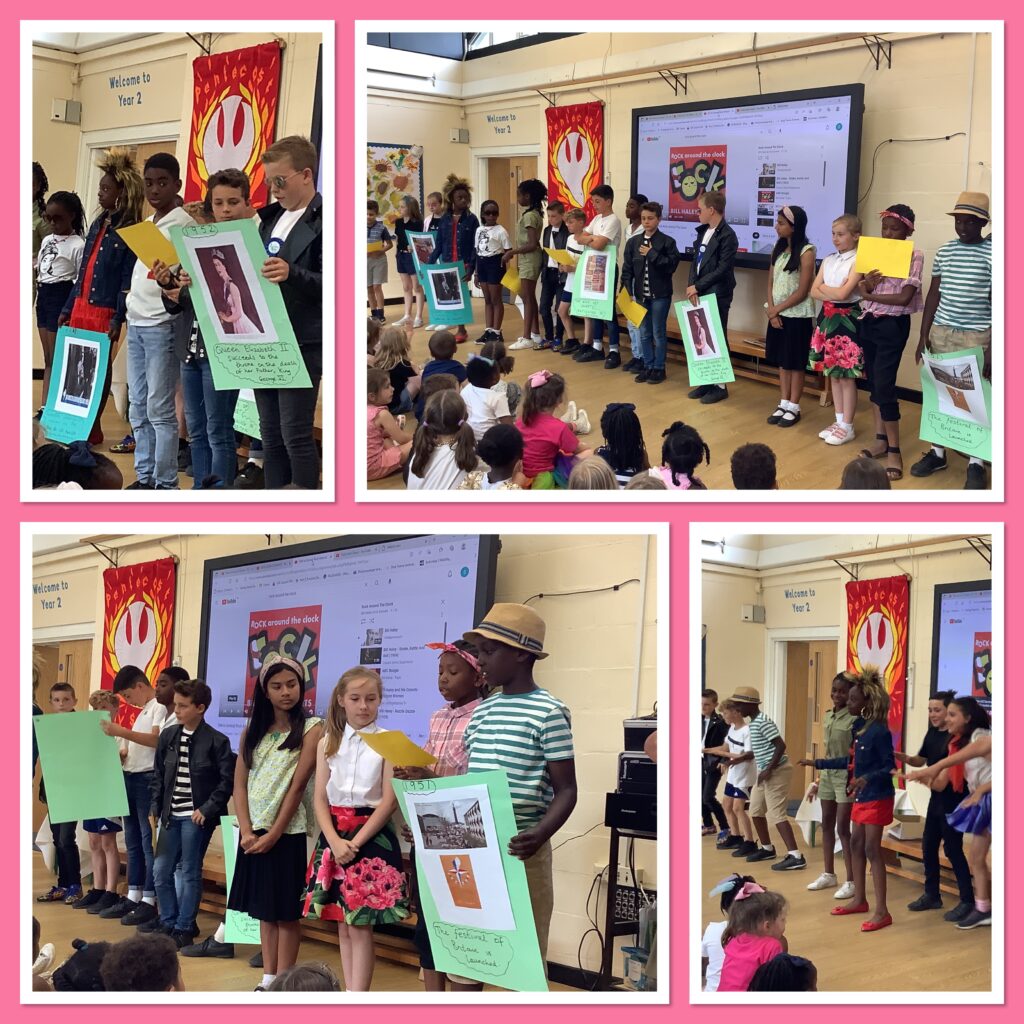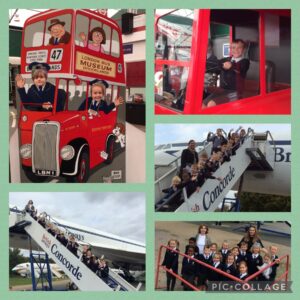History
Intent-
An inclusive curriculum that enables children to know more, remember more and understand more- by linking learning to a range of topics, children have opportunities to investigate and interpret the past, understand chronology, build an overview of Britain’s past as well as that of the wider world, and to be able to communicate historically.
An excellent knowledge and understanding of people, events and contexts from a range of historical periods, including significant events in Britain’s past- Great Fire London, Samuel Pepys, first solo flight, including role of Amelia Earhart (empowering role of women). Introduction of metal to Britain and the discovery of the Amesbury Archer. Roman invasion of Britain,
Think critically about history and communicate ideas confidently- work presented as role plays, key questions, analyse information learnt, presentations of topics, written work recorded.
Support, evaluate and challenge their own and others’ views using historical evidence from a range of sources- comparing written descriptions of Celts and beginning to consider trustworthiness, fact, opinion and date of sources.
Ability to think, reflect, debate, discuss and evaluate the past by formulating and refining questions and lines of enquiry;
Respect for historical evidence and the ability to make critical use of it to support their learning;
Desire to embrace challenging activities, including opportunities to undertake research.
Developing sense of curiosity about the past and how and why people interpret the past in different ways.
- History is topic focused in KS1 related to significant events and individuals using topics they are familiar with to enable them to make relevant comparisons.
- Ks2- taught chronologically to build on reasons for change/ continuity in Britain. Compare with an ancient time of different countries.
- Long Term plans ensure clear coverage and topics aren’t repeated unnecessarily making links with their previous learning/ other subjects embeds knowledge.
- Teachers support knowledge with learning from other subjects.
- Planned trips, curriculum days, subject certificates and extra workshops help develop curiosity in the subject and help develop well-rounded happy chn especially for chn who may find learning challenging.
- Example of progression topic of ‘Homes’ is taught in Year 1 basic comparing of ‘then/now’, Year 2 will learn about the significance of the material for houses during the Great Fire of London, comparing features of houses considering income. Year 3 learn about the first ‘homes, shelters, dwellings’ and reasons why and how they changed between the Stone-Bronze Age. Year 4 are then able to understand the influence the Romans had on housing in Britain supported with a Villa trip they are beginning to make comparisons between materials, features and reasons why they have changed across a range of eras supported with plotting chronologically.
- Topics are designed to engage interest and be relevant.
- My enthusiasm for the subject promotes interest.
- Use of questioning on displays models an approach to encourage self learning to create curiosity.
- Working towards a more skill focussed lesson not just knowledge.
- Data is monitored termly and analysed annually.
- No formal assessment, teacher judgement.
- Staff meetings enable staff to think ahead and focus time to develop lesson planning.
- Currently hold a Silver Quality Mark for teaching, learning and leadership in Geography.
- My knowledge of key skills and concepts to be taught and my understanding of teacher strengths/ weaknesses.
- Teaching Yr 3/4 to embed and extend learning.
- History display engaging and children responded well to.
- Pupil response from History/Geography days informed future ideas.
- Individual teacher knowledge/understanding of links between their topics and their opinion of the importance/ enthusiasm.
Implementation-
Promotion of a language rich History curriculum is essential to the successful acquisition of knowledge and understanding.
Access to key knowledge, language and meanings to understand History and use these skills across the curriculum- displays, word mats, word banks.
History displays throughout the school focus on chronology, key aspects and exemplify the terminology used- each class expected to display topic information, be interactive, personal to the children’s learning and also developed by them as they progress through their learning.
Opportunities to research historical aspects of their learning independently. This allows them to have ownership over their curriculum and lead their own learning- homework projects, computer presentations or creative art models, opportunities for individual and group work.
We plan termly visits, visitors and involvement in the community activity to provide first-hand experiences for the children to support and enhance the development of their learning- Brooklands, museum, Museum of Childhood, Lullingstone Roman Villa, Coulsdon. National Trust, drama workshops, Kenley Revial projects in Croydon.
We recognise that to have impact, the planned cultural capital must be clearly linked to the statutory historical knowledge to be acquired and provide the opportunity for children to better understand the knowledge or apply what they already know.
Students studying History will be equipped with concepts including; change and continuity, cause and consequence, significance, similarity and differences. With these skills, students will be able to analyse, explain and understand the past, whilst also developing transferable skills helping them to become well rounded individuals- board and balanced curriculum
- Regularly monitor subject leadership pages/ follow professionals in their field on social media and follow discussions od ideas/topics.
- Reflect on our practice and decided if appropriate to adapt or not.
- Greater Depth in History/ Geography could be more apparent- currently use of NS
- Not following a particular scheme of work enables teacher freedom, creativity to make links personal to their class learning in other topic areas.
- History is regularly linked to English through quality texts, Maths- understanding of number place value in chronology and Art/DT- paintings as a source of evidence, use of tiles in creating Roman mosaics, building early home structures of natural materials.
- Medium Term plans are saved on teacher share for current teachers to use/edit and improve.
- Resources- some true artefacts (toys) replica pictures and artefacts, letters, diaries, film clips, timelines, information books, primary an secondary sources of evidence.
- All classes partake in at least 1 school trip related to their topic.
- I ensure we make the most of free visitor assemblies/ workshops offered by organisations.
- We make links to the wider community during remembrance and visiting Coulsdon to compare changes over time.
Curriculum overview
Curriculum overview
| Year Group | Autumn Term | Spring Term
|
Summer Term |
| One | Inventors and toys
Events beyond living memory that are significant globally. |
A day at the seaside
Weather patterns in the UK. Name and locate countries and capitals of UK. Mapping and fieldwork |
Castles
Homes, materials used, purpose rich people safe from enemies |
| Two | Flight and exploration
Events beyond living memory that are significant globally. The lives of significant individuals in the past who have contributed to national and international achievements |
Our world
Locate hot/cold areas of the world in relation to equator and Poles. Compare and contrast UK with non-European country. Mapping and fieldwork |
The Great Fire of London
Events beyond living memory that are significant nationally |
| Three | Early Britons and settlers
Stone age to Iron Age to compare changes in Britain |
From source to mouth
Locate counties/cities of UK and regions. Key topographical features. Describe and understand rivers, mountains, water cycle. Mapping and fieldwork |
The town around us
Local history study of change over time Coulsdon High Street and St Aidan’s |
| Four | Roman conquest and rule
Roman Empire and its impact on Britain
|
The earth beneath us
Locate countries of Europe. Describe and understand volcanoes and earthquakes. Mapping and fieldwork |
Ancient Egypt
Contrasting non-European society in depth study |
| Five | Ancient Greece
Greek life and achievements and influence on the western world |
Modern Greece
Region within Europe. Types of settlement and land use, economic activity, trade links, climate, tourism, exporting food. Mapping and fieldwork. |
Anglo Saxon and Viking Settlement
Anglo Saxon settlement in Britain. Viking invasion and struggle for England 790AD to 1066
|
| Six | Ancient China
Ancient civilisation in depth study- Shang dynasty of China |
Through the vines
Longitude, latitude, hemispheres, tropics, time zones, climate zones, biomes. Human/Physical within S. America. Mapping and fieldwork. |
Monarchs
British history theme changes over time |
Geography
Intent-
To provoke and provide answers to questions about the natural and human aspects of the world. Encouraged to develop a greater understanding and knowledge of the world, as well as their place in it- how?-
Develop knowledge and skills that are transferable to other curriculum areas and are used to promote their spiritual, moral, social and cultural development- Maths, Science, D.T, STEM projects, History- hill forts, importance of the Nile to the Ancient Egyptians, reasons why Coulsdon High Street has changed.
Geography is an investigative subject; we seek to inspire in children a life-long curiosity and fascination about the world and its people- solutions to our impact on environmental issues,
Teaching equips pupils with knowledge about places and people; resources in the environment; physical and human processes and the formation and use of landscapes- reasons for settlements Ancient Egyptians, uses of rivers, rainforests, creation of key world volcanoes.
Develop geographical skills: collecting and analysing data; using maps, globes, aerial photographs and digital mapping to name and identify countries, continents and oceans; and communicating information in a variety of ways- Comparing historical maps of Coulsdon- appearance of residential roads, shops, traffic control and continuity of train lines and main A roads. Aerial photographs of their location in Coulsdon, Surrey, South East England, United Kingdom, North-East Europe. Visits to Brighton discover coasts and Horton Kirby River- analysing water flow, rainforest analysing climate temperatures, comparing time zones.
Gaining knowledge and skills not just through experiences in the classroom, but also with the use of fieldwork and educational visits- outdoor learning, orienteering events, traffic surveys, see above.
- Use of knowledge organisers ensure key knowledge and aspects are taught- considering the plans of previous years to ensure expected prior knowledge e.g mapwork, locating countries and progressing grid references.
Implementation-
Teachers identified the key knowledge and skills of each topic to be taught and consideration has been given to ensure progression across topics throughout each year group across the school- separate skill focussed planning documents.
At the beginning of each topic, children are able to convey what they know already as well as what they would like to find out. This informs the programme of study and also ensures that lessons are relevant and take account of children’s different starting points.
Consideration is given to how greater depth will be taught, learnt and demonstrated within each lesson, as well as how learners will be supported in line with the school’s commitment to inclusion.
Cross curricular outcomes in Geography are specifically planned for, with strong links with Science, Maths, English and Computing. The local area is fully utilised to achieve the desired outcomes, with extensive opportunities for practical learning outside the classroom and fieldwork.
- Geography regularly linked with other subjects- Maths- rainforest temperatures and river data, size of earthquakes. Science- water cycle in river, recycling, plastic pollution, deforestation, fair trade. D.T- building bridges cross rivers, designing earthquake proof structures.
- Use of different scale maps, age appropriate atlases good stock of, school grounds establish location and landscape. Digital technology, information relevant topic books, beebot in early years.
Geography Day

Orienteering

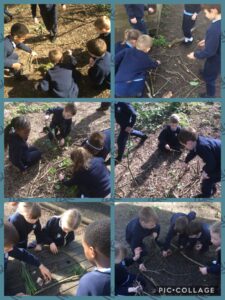

ADDRESS
ST AIDAN'S CATHOLIC PRIMARY SCHOOL
PORTNALL ROAD,
COULSDON, SURREY,
CR5 3DE




